Raspberry Pi 3 Pwm Pins

Raspberry Pi Archives Tinkerboy

Android Things Any Way To Pwm On Gpio Raspberry Pi Stack Exchange

Gpio Raspberry Pi Documentation

How To Use Gpios On Raspberry Pi Simple I O Pwm And Uart Semillero Advanced Digital Technologies Upb Bucaramanga Colombia

How To Use Pwm On Jetson Nano Latest Open Tech From Seeed Studio

Raspberry Pi Dim Led With Pwm And Java Java Tutorial Network
Raspberry Pi Developers Our resources for other geeks, designers and engineers Raspberry Pi Projects Search Using the PWM Pin / Programming in C/C / PWM / Using the PWM Pin Important Note The PWM pin available on the GPIO header is shared with the Audio system This means that you can't use PWM output and play audio through the 35mm.

Raspberry pi 3 pwm pins. Raspberry Pi Developers Our resources for other geeks, designers and engineers Raspberry Pi Projects Search Using the PWM Pin / Programming in C/C / PWM / Using the PWM Pin Important Note The PWM pin available on the GPIO header is shared with the Audio system This means that you can't use PWM output and play audio through the 35mm. Raspberry Pi 3 Power Pins The board consists of two 5V pins, two 3V3 pins, and 9 ground pins (0V), which are unconfigurable 5V The 5v pins directly deliver the 5v supply coming from the mains adaptor. If you’re using the Raspberry Pi B, 2, Zero, 3 or the latest Raspberry Pi 4 Model B, you’ll discover that your board have a total of 40 GPIO pins The older iterations of the RPI such as the Raspberry Pi Model B, will only contain a total of 26pins.
A lot of people uses fan to cool down their Raspberry Pi 4, but the fan’s noise is quiet problem (in a quiet room) In most case pi didn’t need that amount of cooling performance, so we can use PWM (Pulse Width Modulation) to control fan speed and reduce the noise Wiring. Raspberry Pi 3 RGB LED Color Effect With PWM Hello everyone!. Raspberry Pi Developers Our resources for other geeks, designers and engineers Raspberry Pi Projects Search Using the PWM Pin / Programming in C/C / PWM / Using the PWM Pin Important Note The PWM pin available on the GPIO header is shared with the Audio system This means that you can't use PWM output and play audio through the 35mm.
A lot of people uses fan to cool down their Raspberry Pi 4, but the fan’s noise is quiet problem (in a quiet room) In most case pi didn’t need that amount of cooling performance, so we can use PWM (Pulse Width Modulation) to control fan speed and reduce the noise Wiring. The audio circuitry from the Raspberry Pi 3 The lowpass filter’s 2R and 100nF now give it a cutoff of just over 7kHz, and the highpass filter’s 100R and 47uF give it 33Hz. Discover the best Raspberry Pi 400 projects and guides!.
Interesting PWM on Raspberry Pi RP40 mocrocontroller I am supposed to be on other duties this week, but cannot resist pointing you in the direction of the new Raspberry Pi inhouse MCU, the RP40 Much as I want to write chapter and verse, time limits to not allow, so I will restrict myself to pointing out the PWM block, which has some. Operating at 33V, the Raspberry Pi Pico has a 40 pin GPIO, but it does not share the same form factor as the Raspberry Pis before it pulse width modulation (PWM) and for specialist. The power and ground pins are used to power external circuitry All Raspberry Pis with the standard 40 GPIO pins will have two 5V pins and two 33V pins, always in the same place Along with the 5V and 33V pins, 8 ground pins are available Power and ground pins are what let your Raspberry Pi power components like LEDs and motors in your project.
The PWM pins provide the two pulse width modulated outputs;. The audio circuitry from the Raspberry Pi 3 The lowpass filter’s 2R and 100nF now give it a cutoff of just over 7kHz, and the highpass filter’s 100R and 47uF give it 33Hz. The power input pin of the Raspberry Pi 4 is given below Pin2;.
Raspberry Pi (all models) has a powerful way to interact with the real world, it is known as General Purpose Input Output pins (GPIO) on one side of the board Raspberry Pi models after Model 3 have forty (40) GPIO pins In the older version of Raspberry Pi models, there were 26 GPIO pins, which were increased by 40 in all the latest models. Do not use voltage levels greater than 33V, Raspberry pi doesn´t support 5V and doesn't have an overvoltage protection (WiringPi 1), other PWM pins are occupied by the 35mm audio connector Using wiringPih and softPwmh with C This is a code example using wiringPi to configure a SoftPWM pin. GPIO/BCM pin 1 on Rev 1 ( very early ) Pi;.
The Arduino has a convenient and userfriendly time interfacing with analog sensors, motor(PWM pins, interrupts pins), or other components, whereas Raspberry Pi 3 has a very complicated path to. Operating at 33V, the Raspberry Pi Pico has a 40 pin GPIO, but it does not share the same form factor as the Raspberry Pis before it pulse width modulation (PWM) and for specialist. Raspberry Pi 3A with an LED connected to it Image credit Kompulsa The Raspberry Pi GPIO pins are not designed to supply power, they are for signaling purposes, meaning that they serve the purpose of switching on a larger switch such as a transistor or relay using a very small current (you’ll find that you won’t have to draw more than a few mA from your GPIO pins when you become.
You don’t have analog pins on a Raspberry Pi board If you want to use an analog sensor, you’ll have to use an external ADC (Analog to Digital Converter), and maybe get the value using I2C or SPI protocol Also there are no native PWM on Raspberry Pi PWM are quite useful to control components with a nonbinary command. Pin 18 is the only one with hardware PWM support It's still early in the morning, sorry There are 2 pwm channels that can be assigned to different pins in various combinations PWM0 12,4 or 18,2 or 40,4 or 52,5 PWM1 13,4 or 19,2 or 41,4 or 45,4 or 53,5. By generating PWM by hardware means, we will have to utilize the dedicated PWM pins of the Raspberry Pi There are 4 PWM pins on the Raspberry Pi, but each pair of the 4 pins is sharing one PWM resource GPIO12 and GPIO 18 are sharing one PWM channel while GPIO 13 and GPIO 19 are sharing on the other one This means that there are only 2 unique.
The Raspberry Pi, for example, can use GPIO PWM on any GPIO pin so only four pins require connection to the HBridge Module However, a six wire connection scheme, including two PWM channels, is available. The Raspberry Pi GPIO pinout guide This GPIO Pinout is an interactive reference to the Raspberry Pi GPIO pins, and a guide to the Raspberry Pi's GPIO interfaces Pinout also includes dozens of pinouts for Raspberry Pi addon boards, HATs and pHATs. If you’re using the Raspberry Pi B, 2, Zero, 3 or the latest Raspberry Pi 4 Model B, you’ll discover that your board have a total of 40 GPIO pins The older iterations of the RPI such as the Raspberry Pi Model B, will only contain a total of 26pins.
If you’re using the Raspberry Pi B, 2, Zero, 3 or the latest Raspberry Pi 4 Model B, you’ll discover that your board have a total of 40 GPIO pins The older iterations of the RPI such as the Raspberry Pi Model B, will only contain a total of 26pins. GPIO 18 is used by PCM to provide a clock signal to an external audio device such as a DAC chip The PWM0 output of GPIO 18 is particularly useful, in combination with some fast, direct memory access trickery, for driving devices with very specific timings. Using Python and the GPIO library from Raspberry Pi Setup a pin to be an output GPIOsetup(, GPIOOUT) Use pwm_pin = GPIOPWM(, ) to set up pulsewidth modulation pwm_pinstart(50) // Start with duty cycle = 50 pwm_pinChangeDutyCycle(60) // Change duty cycle so that voltage is max pwm_pinChangeFrequency(1000) // Change frequency Then turn it all off.
Operating at 33V, the Raspberry Pi Pico has a 40 pin GPIO, but it does not share the same form factor as the Raspberry Pis before it pulse width modulation (PWM) and for specialist. This is going to be my first instructable and I hope you will enjoy it )In this instructable, I am going to explain how to light and RGB LED with ANY kind of color do you want I have searched a lot for just PWM usage and for a whi. Browse pinouts for HATs, pHATs and addons » Pinout!.
A power supply for your Pi (Raspberry Pi 4 requires a different USB C power supply). Interesting PWM on Raspberry Pi RP40 mocrocontroller I am supposed to be on other duties this week, but cannot resist pointing you in the direction of the new Raspberry Pi inhouse MCU, the RP40 Much as I want to write chapter and verse, time limits to not allow, so I will restrict myself to pointing out the PWM block, which has some. The Arduino has a convenient and userfriendly time interfacing with analog sensors, motor(PWM pins, interrupts pins), or other components, whereas Raspberry Pi 3 has a very complicated path to.
The slightly shorter lead of the LED is the cathode and connects to ground, pin number 6 of the Raspberry Pi (3rd pin from left on outside row) The resistor connects to Pi pin number 12 (6th pin from left of outside row) We can now use Python to configure Pi’s pin number 12 for PWM and then vary the duty cycle. This is going to be my first instructable and I hope you will enjoy it )In this instructable, I am going to explain how to light and RGB LED with ANY kind of color do you want I have searched a lot for just PWM usage and for a whi. The main idea was to generate a configurable Pulse Width Modulated (PWM) signal out of a Raspberry PI Zero v13 The software solution The first solution was to handle a regular GPIO pin by software in order to alternate one and zeros via a loop.
The SPI 0 is the serial peripheral interface bus lines Finally, the PCM pins provide pulse code modulated audio outputs ALT 1 The pins are used as a secondary memory bus Due to the design of the Raspberry Pi, this is of no use at all. Power Out There are two types of power output pin in the Raspberry pi 4 3V3 and 5V 5V is directly connected to the USB port but 3V3 is connected to through the regulator which gives the stable 3 volts output All power out pins are given below. Pin 18 is the only one with hardware PWM support It's still early in the morning, sorry There are 2 pwm channels that can be assigned to different pins in various combinations PWM0 12,4 or 18,2 or 40,4 or 52,5 PWM1 13,4 or 19,2 or 41,4 or 45,4 or 53,5.
3 RASPBERRY PI had dedicated port for connecting touch LCD display which is a feature that completely omits the need of monitor 4 RASPBERRY PI also has dedicated camera port so one can connect camera without any hassle to the PI board 5 RASPBERRY PI also has PWM outputs for application use. SCL (I2C1 Clock) is one of the i2c pins on the Pi, learn more about i2c SCL includes a fixed, 18 kΩ pullup to 33v, which means this pin is not suitable for use as a general purpose IO where no pullup resistor is desired. You don’t have analog pins on a Raspberry Pi board If you want to use an analog sensor, you’ll have to use an external ADC (Analog to Digital Converter), and maybe get the value using I2C or SPI protocol Also there are no native PWM on Raspberry Pi PWM are quite useful to control components with a nonbinary command.
Raspberry Pi 3 RGB LED Color Effect With PWM Hello everyone!. WiringPi includes a softwaredriven PWM handler capable of outputting a PWM signal on any of the Raspberry Pi’s GPIO pins There are some limitations To maintain a low CPU usage, the minimum pulse width is 100μS That combined with the default suggested range of 100 gives a PWM frequency of 100Hz. Operating at 33V, the Raspberry Pi Pico has a 40 pin GPIO, but it does not share the same form factor as the Raspberry Pis before it pulse width modulation (PWM) and for specialist.
Anyways, I am going to use Pin # 12 of pi 3 so change this value from 11 to 12 So, first of all we are gonna create our PWM frequency, which I have set to 5000. The Raspberry pi 3b in all has 26 programmable GPIO pins It supports software configurable PWM on all its GPIO pins and provides 2 hardware pwm channel. 3 RASPBERRY PI had dedicated port for connecting touch LCD display which is a feature that completely omits the need of monitor 4 RASPBERRY PI also has dedicated camera port so one can connect camera without any hassle to the PI board 5 RASPBERRY PI also has PWM outputs for application use.
The Raspberry Pi has two I2C connections at GPIO 2 and 3 (SDA and SCL) are for I2C0 (master) and physical pins 27 and 28 are I2C pins that enable the Pi to talk to compatible HAT (Hardware. Browse pinouts for HATs, pHATs and addons » Pinout!. Interesting PWM on Raspberry Pi RP40 mocrocontroller I am supposed to be on other duties this week, but cannot resist pointing you in the direction of the new Raspberry Pi inhouse MCU, the RP40 Much as I want to write chapter and verse, time limits to not allow, so I will restrict myself to pointing out the PWM block, which has some.
The power and ground pins are used to power external circuitry All Raspberry Pis with the standard 40 GPIO pins will have two 5V pins and two 33V pins, always in the same place Along with the 5V and 33V pins, 8 ground pins are available Power and ground pins are what let your Raspberry Pi power components like LEDs and motors in your project. Here is how the Raspberry Pi 3 pin configuration looks like Check the hardware connections for PWM as shown in the Raspberry Pi 3 pin configuration and the connection diagram below Note that we are using the GPIO No 26 for PWM Hardware Requirements You will need the following hardware to execute this project Raspberry Pi 3 Board* Futaba S3003 Servo Motor *. PWM on the Raspberry Pi is about as limited as can be one, single pin is capable of it 18 (ie board pin 12) To initialize PWM, use GPIOPWM (pin, frequency) function To make the rest of your scriptwriting easier you can assign that instance to a variable Then use pwmstart (duty cycle) function to set an initial value.
3 RASPBERRY PI had dedicated port for connecting touch LCD display which is a feature that completely omits the need of monitor 4 RASPBERRY PI also has dedicated camera port so one can connect camera without any hassle to the PI board 5 RASPBERRY PI also has PWM outputs for application use. In raspberry Pi 3, we have Pin # 12 and Pin # 32 as PWM Pins but I have tried different I/O Pins and this PWM commands works quite fine on all of them P;. PWM Pin The PWM pin available on the GPIO header is shared with the Audio system (true for Model B so presumably true for Model B – not confirmed as full schematic not yet available) This means that you can't use the PWM output and play audio through the 35mm jack at the same time 33V / 5V Interfacing See our other page here ID_SD.
Hardware interfaces for the Raspberry Pi 2 and Raspberry Pi 3 are exposed through the 40pin header J8 on the board Functionality includes 24x GPIO pins 1x Serial UARTs (RPi3 only includes mini UART) 2x SPI bus 1x I2C bus 2x 5V power pins. A Raspberry Pi (I’ll use the Pi 3 Model B here, but any model with GPIO pins will work — if you want to use the Pi Zero you’ll need to solder some headers onto it) I’m going to assume you have a Pi 2 or 3 with 40 pins;. Wiring Pi pin 1;.
Vcc (pin 2) Pi 3V3 33V supply from the Raspberry Pi can be from 2755V but exceeding 33 will damage the Pi AO1 (pin 4) Motor 1 Output For connecting the motor (12A max) AO2 (pin 5) Motor 2 Output For connecting the motor (12A max) GND (pin 8) Pi GND, Battery Negative Connect to create a common reference PWMA (pin 9) Pi GPIO 24. It’s the 40 pins you can see on the Raspberry Pi, near the edge The goal of the GPIO Pins is to add some extensions to your Raspberry Pi For example, most of the Raspberry Pi HATs use these pins to connect with the Raspberry Pi You can also create your electronic circuit by using these GPIO pins with cables, LED and other accessories. Raspberry Pi has 40 pins to interact with Real World In this section, we will learn about GPIO pins and how to operate it Raspberry Pi (all models) has a powerful way to interact with the real world, it is known as General Purpose Input Output pins (GPIO) on one side of the board Raspberry Pi models after Model 3 have forty (40) GPIO pins In the older version of Raspberry Pi models, there were 26 GPIO pins, which were increased by 40 in all the latest models.
Interesting PWM on Raspberry Pi RP40 mocrocontroller I am supposed to be on other duties this week, but cannot resist pointing you in the direction of the new Raspberry Pi inhouse MCU, the RP40 Much as I want to write chapter and verse, time limits to not allow, so I will restrict myself to pointing out the PWM block, which has some. Wiring Pi pin 9;. PWM (Pulse Width Modulation) is a modulation technique for generating an analog signal by using digital source PWM is generally used to control the intensity of LED, speed of DC motor or servo motor.
Learn coding and computing with the latest allinone computer Read it now HackSpace issue 38 This issue we pay homage to some of the makers who are creating their own bit of movie fandom, whether that’s props, costumes, or a greatbig Ecto1. PWM Pin The PWM pin available on the GPIO header is shared with the Audio system (true for Model B so presumably true for Model B – not confirmed as full schematic not yet available) This means that you can't use the PWM output and play audio through the 35mm jack at the same time. This lesson shows you how to use PWM output on the GPIO pins on the Raspberry Pi to simulate analog voltage output We demonstrate this by creating a dimmabl.
Do not use voltage levels greater than 33V, Raspberry pi doesn´t support 5V and doesn't have an overvoltage protection (WiringPi 1), other PWM pins are occupied by the 35mm audio connector Using wiringPih and softPwmh with C This is a code example using wiringPi to configure a SoftPWM pin.

How To Use Wiringpi2 For Python With Pull Ups Or Pull Downs And Pwm Pt 2 Raspi Tv

Raspberry Pi Pwm Tutorial Control Brightness Of Led And Servo Motor

Sparkfun Education How To Library Using The Gpio Pins With Scratch On Raspberry Pi

Rpi Gpio Quick Reference Updated For Raspberry Pi B A And Pi2b Raspi Tv
Q Tbn And9gcqm6 V4m4xibip7qsmqyg9v0rqjawzf4txhjgqcgzdf8v6t3 Fq Usqp Cau
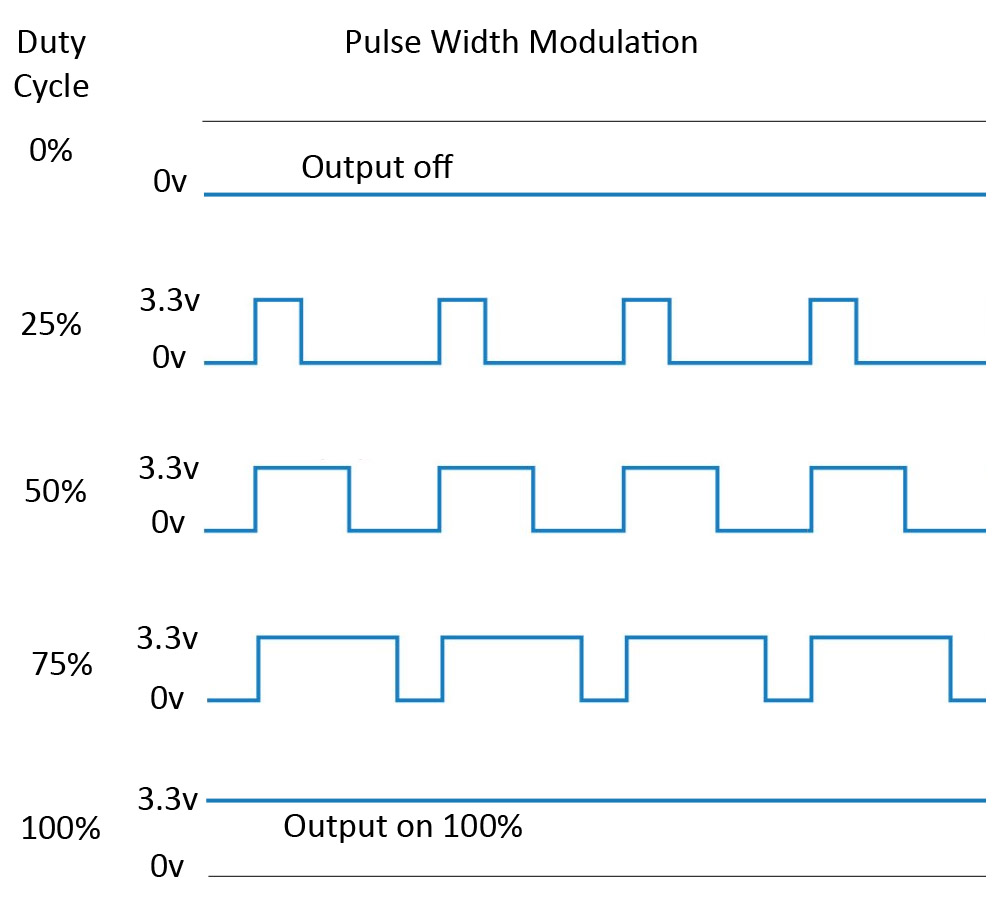
Pulse Width Modulation Pwm On The Raspberry Pi With Python Programming

Gpio In Scratch 1 4 Raspberry Pi Documentation

Lab 1 Raspberry Pi Setup Cs Open Courseware

Raspberry Pi Gpio Pinout

Raspberry Basics Project 29a Raspberry Pi Zero W Board Raspberry Pi Gpio Pinout At Acoptex Com Acoptex Com

Raspberry Pi Analog Inputs And Pwm Youtube

Rpi Python Gpio Pwm Control L298 And Pca9685 Motor Hat Raspberry Pi Stack Exchange

Raspberry Pi 4 Pins Complete Practical Guide The Robotics Back End

The Raspberry Pi Pwm Matlab Simulink

Problem Controlling Led On Gpio3 Raspberry Pi Stack Exchange

Raspberry Pi Pwm Tutorial

Raspberry Pi Pwm And Servo Motor Tutorial Microcontroller Tutorials

How To Use The Pwm Interface In Raspberry Pi Radiostudio

Gpio Pwm For Raspberry Pi H Bridge Dc Motor Control Bluetin Io

Raspberry Gpio Learn Sparkfun Com

Raspberry Pi Raspberry Pi Pwm Generation Using Python And C Ras

5v 4 Pin Pwm Noctua x10 On Raspberry Pi Raspberry Pi Forums

Gpio Pwm For Raspberry Pi H Bridge Dc Motor Control Bluetin Io

Controlling Speed Of Dc Fan With Pwm Raspberry Pi Forums
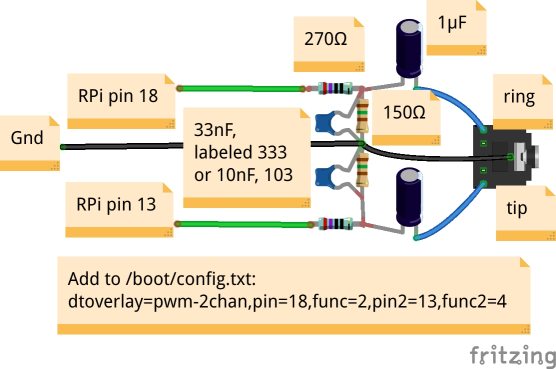
Audio Output From A Raspberry Pi Zero Shallow Thoughts
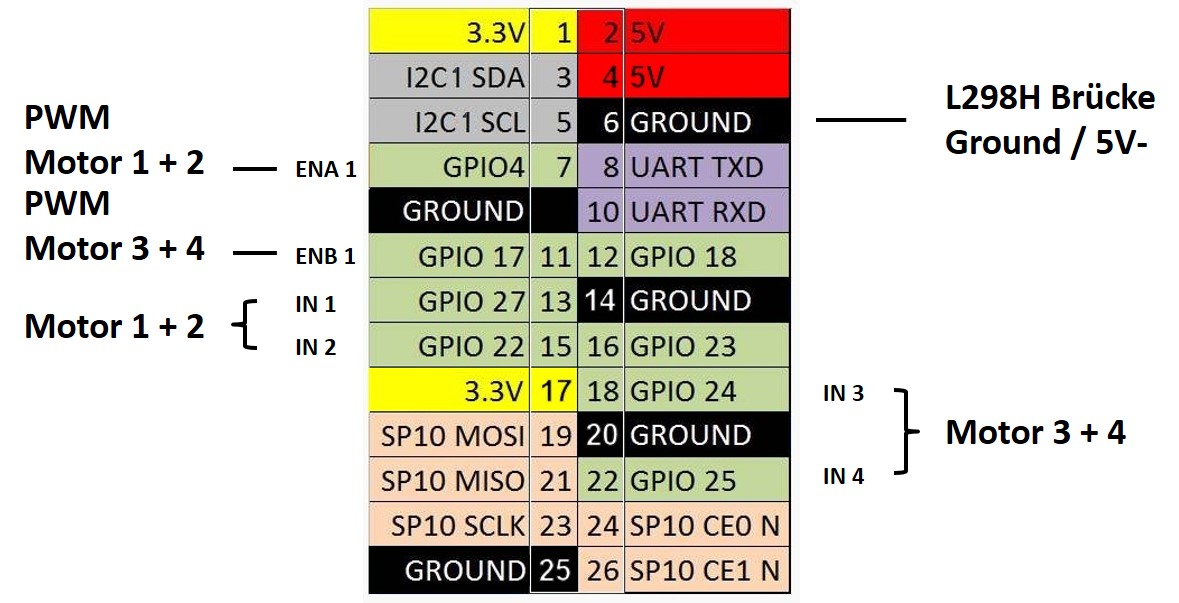
Raspberry Pi Wifi Radio Controlled Rc Vehicle Robot Programing Roboter Planen Bauen Programmieren
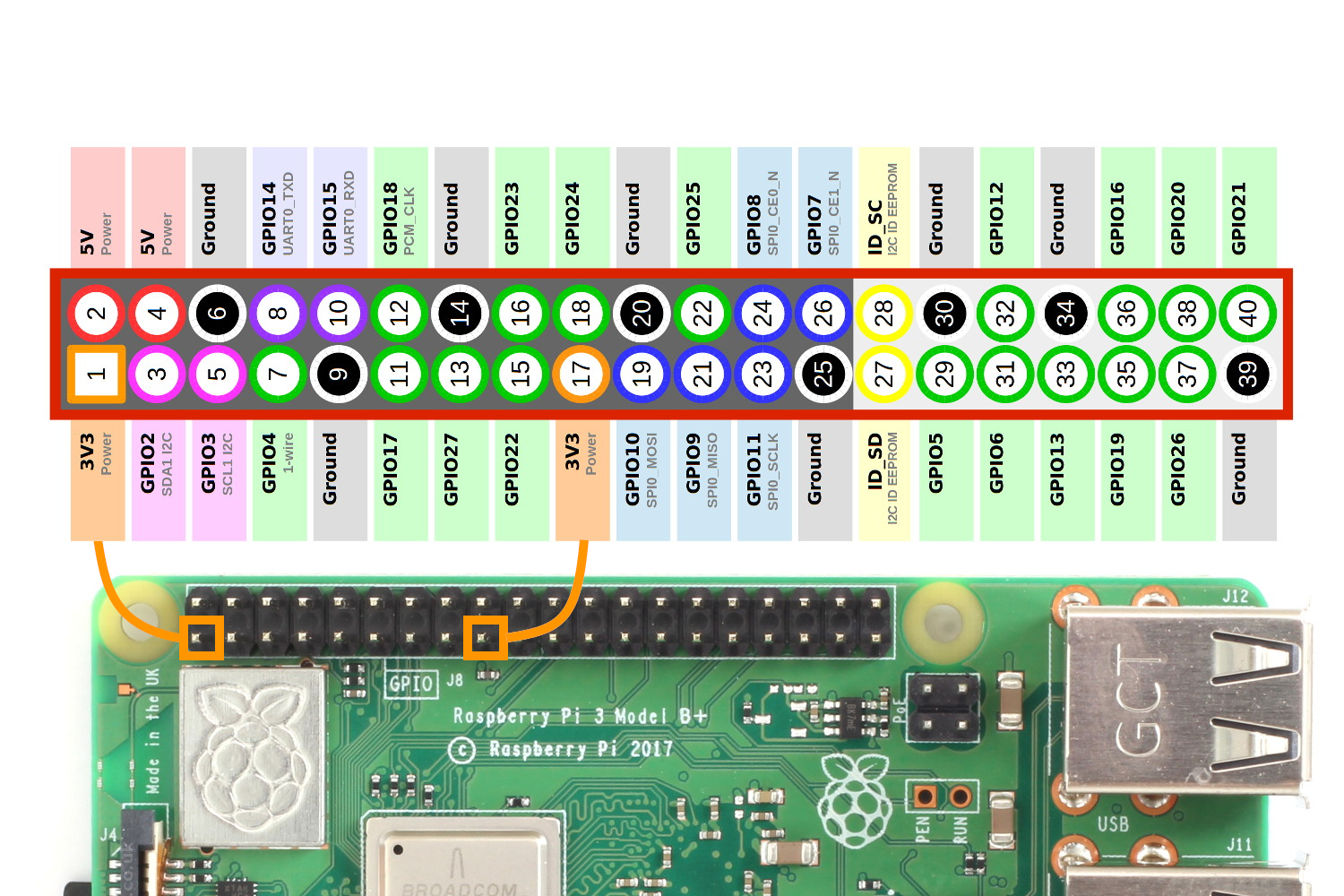
Simple Guide To The Raspberry Pi Gpio Header Raspberry Pi Spy

How To Use An Extra Gpio Pin On Raspberry Pi Rainbow Hat Blundell

Raspberry Pi Gpio Servo Control Without An External Controller Gadget Explained Consumer Tech Reviews

The Pi4j Project Pin Numbering Lemaker Bananapi

Particle Datasheets Raspberry Pi Datasheet
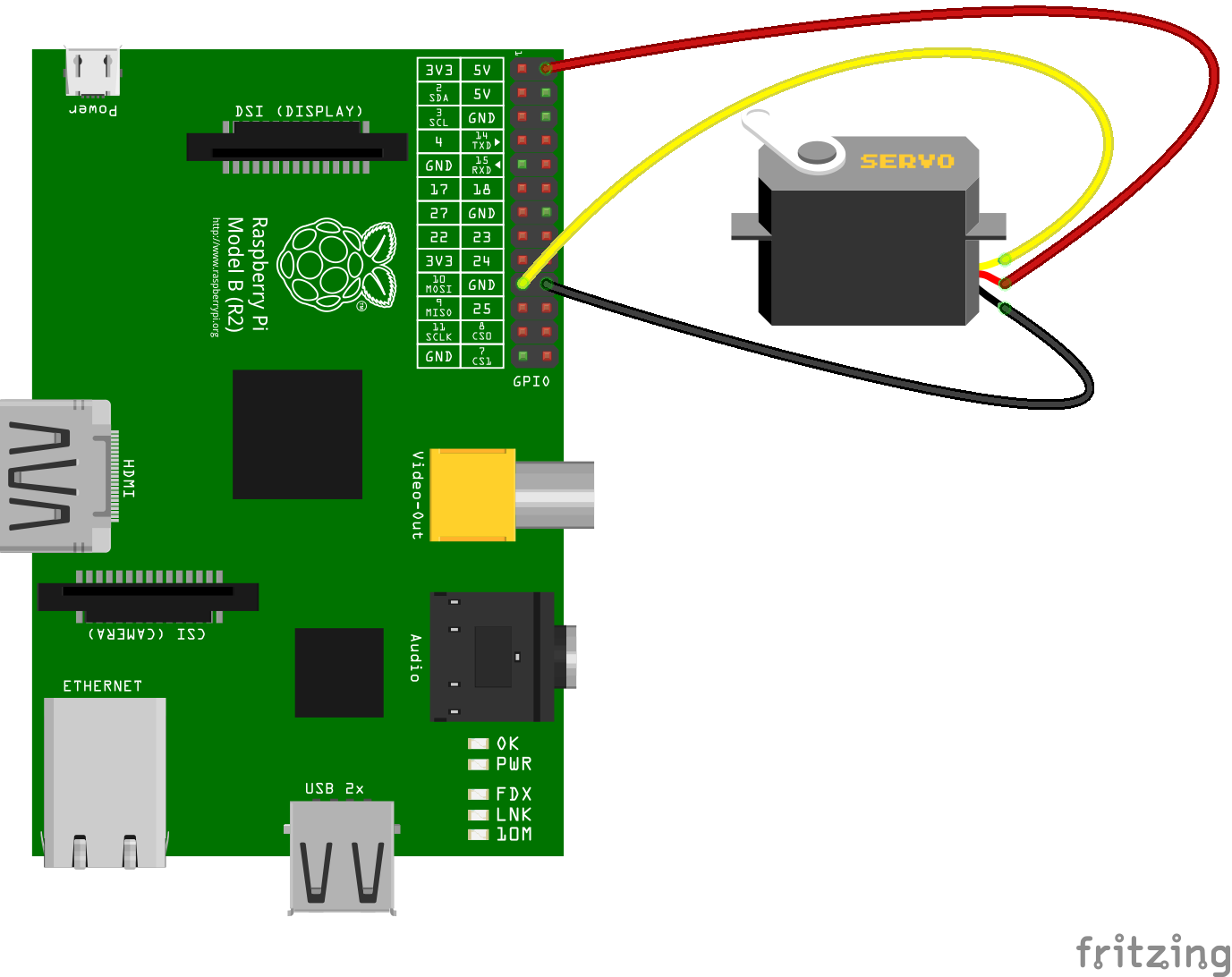
Pigpio Npm

Raspberry Pi 4 Pins Complete Practical Guide The Robotics Back End

I2c Spi Uart Data Communications On The Raspberry Pi

Labview m25 Library For Raspberry Pi Ni Community
Kd8bxp S Blog July 26 14 Raspberry Pi Servo Stepper Motor Control Raspberry Pi Model B
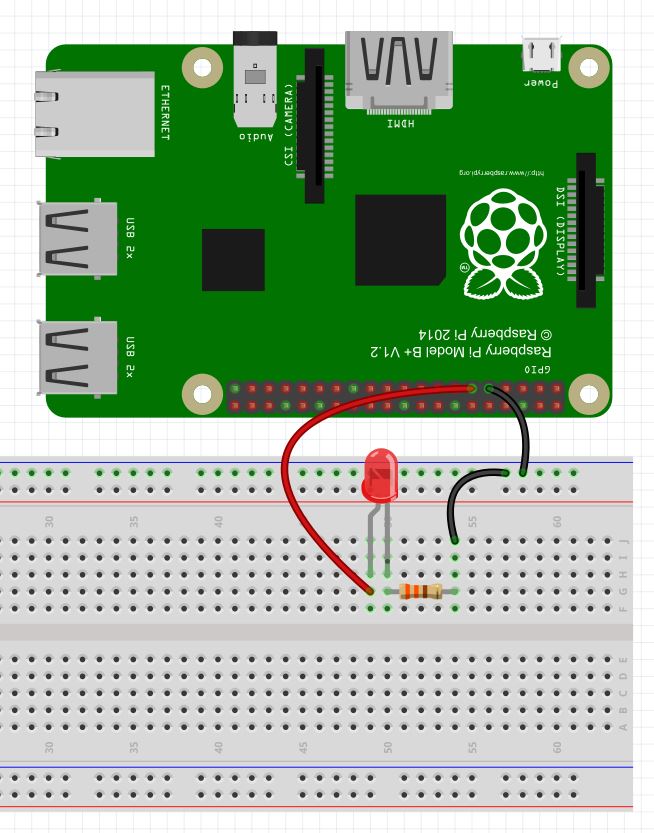
Raspberry Pi Lesson 27 Analog Voltages Using Gpio Pwm In Python Technology Tutorials

Pi Zero Pwm Audio Adding Basic Audio Ouput To Raspberry Pi Zero Adafruit Learning System

Raspberry Pi 4 Gpio Pinout Raspberry Pi Maker Pro

How To Use Soft Pwm In Rpi Gpio 0 5 2a Pt 2 Led Dimming And Motor Speed Control Raspi Tv
Q Tbn And9gcsgbcagw2yaa1 Xzzzx5pyowlg5cneg8qxpmmepwlf4 Wckg5ka Usqp Cau

5v 4 Pin Pwm Noctua x10 On Raspberry Pi Raspberry Pi Forums
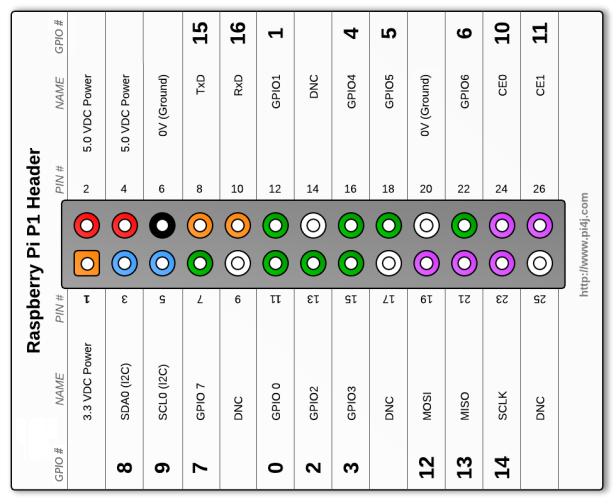
Bluej Adjustable Led Tutorial

Pi8 Pi3b Expansion Header

How To Get Started With Raspberry Pi Gpio Pins Learn Robotics

Raspberry Pi Linux Lesson 27 Pwm Output On Gpio Pins From Python Youtube

Raspberry Pi 4 Pinout Description Features Peripherals Applications

Gpio In Scratch 1 4 Raspberry Pi Documentation

5v 4 Pin Pwm Noctua x10 On Raspberry Pi Page 2 Raspberry Pi Forums
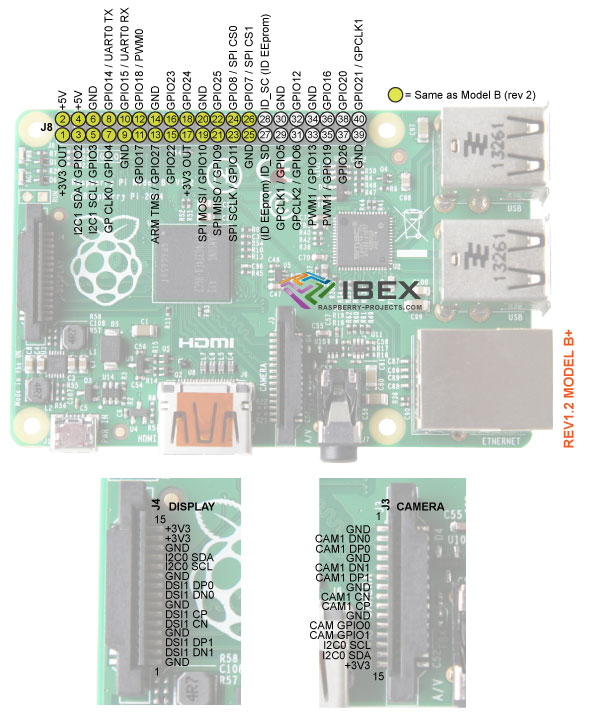
Model B Io Pins Raspberry Pi Projects

What Pins Are Actually Being Used By My 3 5 Tft Raspberry Pi Stack Exchange

A Servo Library In C For Raspberry Pi 3 Part 1 Implementing Pwm Jeremy Lindsay

Raspberry Pi Gpio Pin Alternate Functions Dummies

How Can Rpi Move A Servo Motor Using A Gpio Pin In Pwm Mode Raspberry Pi Stack Exchange
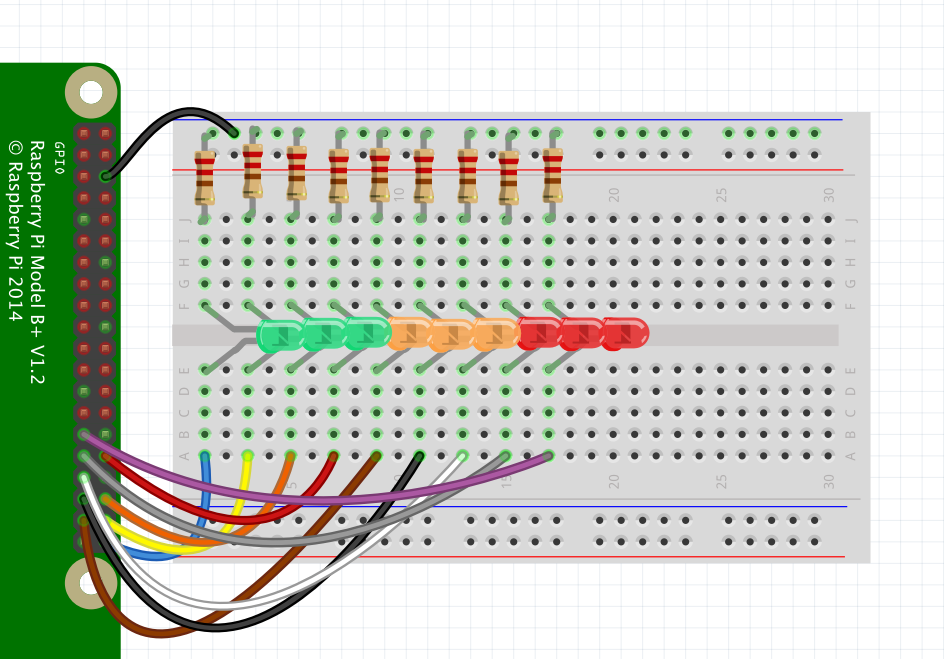
Fading Leds With Pwm On All Pins With Pi Zero Node Js Seb Lee Delisle

Pulse Width Modulation Pwm On The Raspberry Pi With Python Programming
Q Tbn And9gcqf8sbub1 Eowkevzl045zrtc9cxq7bc0kvtanwjye Usqp Cau

Servo Motor Control With Raspberry Pi 4 Steps Instructables

Rpi Low Level Peripherals Elinux Org

Rpi Drive Servo By Pwm Wiringpi C Programming Stack Overflow
Q Tbn And9gcsgbcagw2yaa1 Xzzzx5pyowlg5cneg8qxpmmepwlf4 Wckg5ka Usqp Cau

Raspberry Pi Fan Control And Monitoring With Bash Domoticz
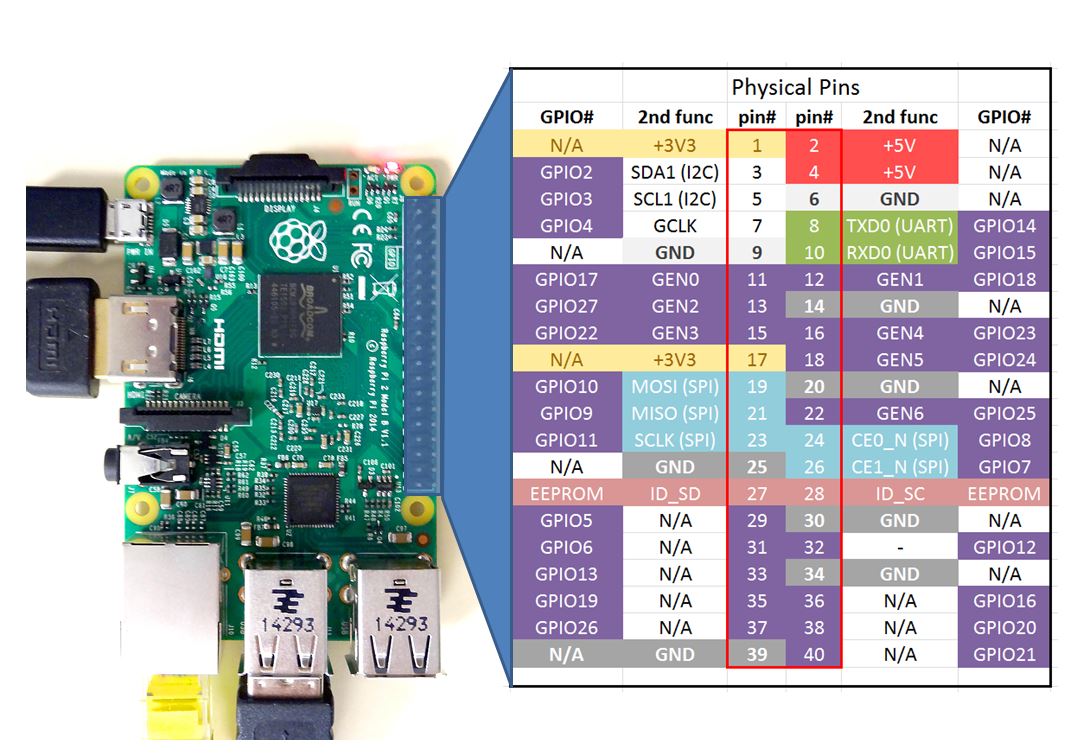
Raspberry Pi Linux Lesson 26 Controlling Gpio Pins In Python Technology Tutorials

Software Pwm On Raspberry Pi Raspi Tv

Pwm Adafruit S Raspberry Pi Lesson 9 Controlling A Dc Motor Adafruit Learning System
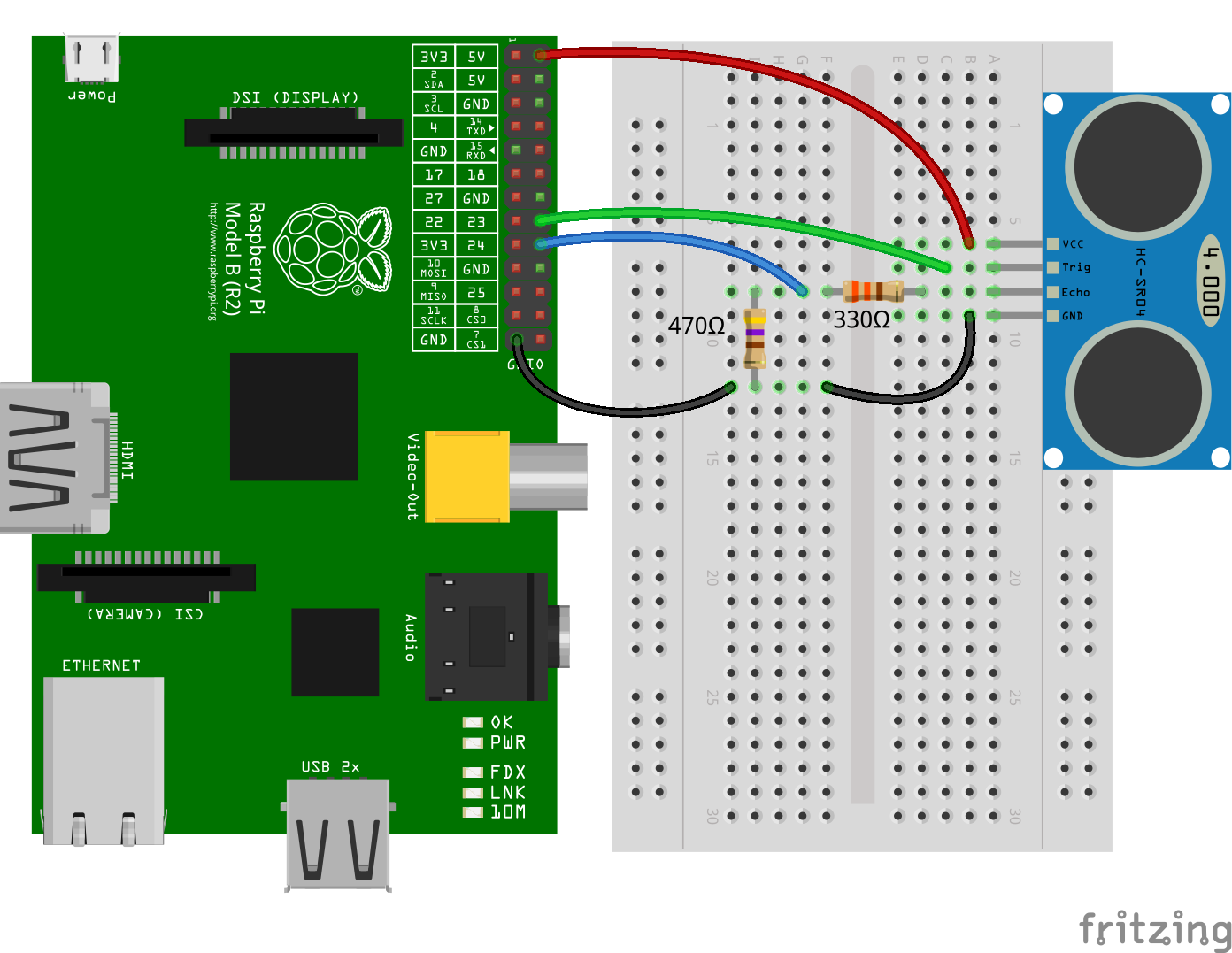
Pigpio Npm

Raspberry Pi Control Dc Motor Speed And Direction With Java Java Tutorial Network

Gpio Raspberry Pi Documentation

Control 12v Fan With Separate Pwm Pin Doing It Right Will It Kill It Raspberry Pi Forums
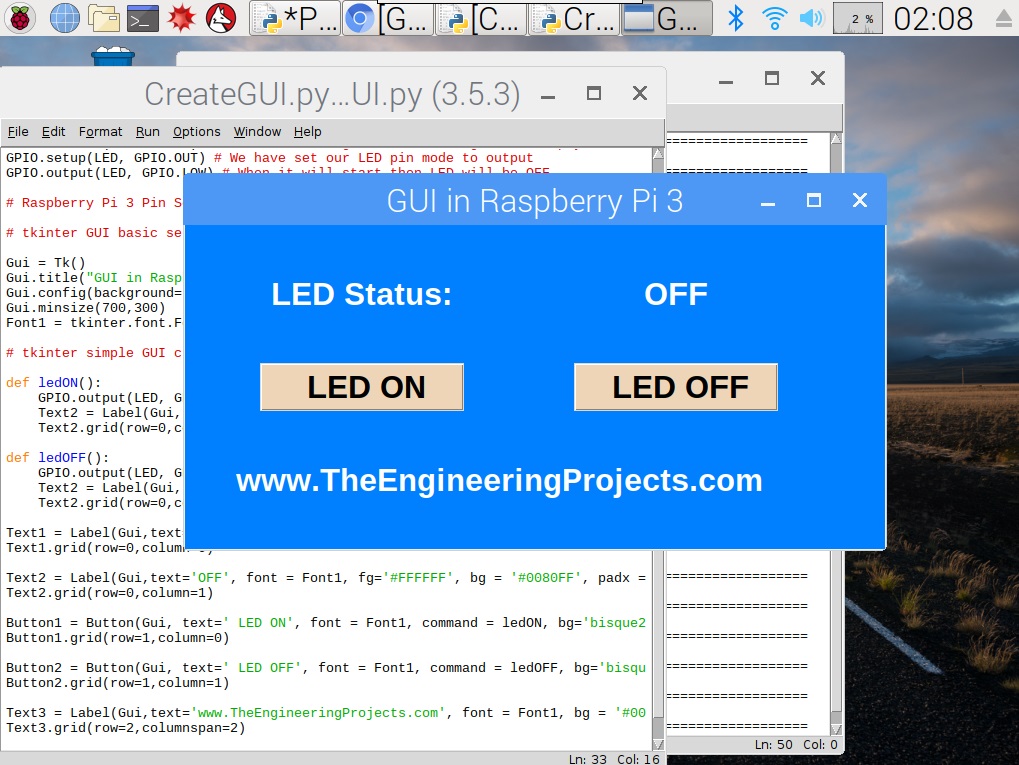
How To Create Pwm In Raspberry Pi 3 The Engineering Projects

Labview m25 Library For Raspberry Pi Ni Community

Raspberry Pi Gpio Pin Alternate Functions Dummies

Gpio In Scratch 1 4 Raspberry Pi Documentation
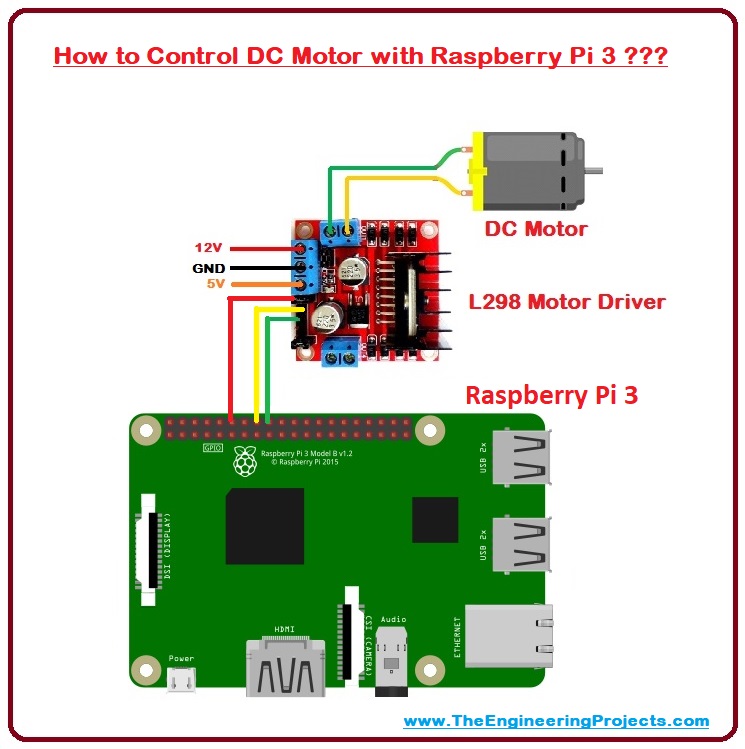
How To Control Dc Motor With Raspberry Pi 3 The Engineering Projects
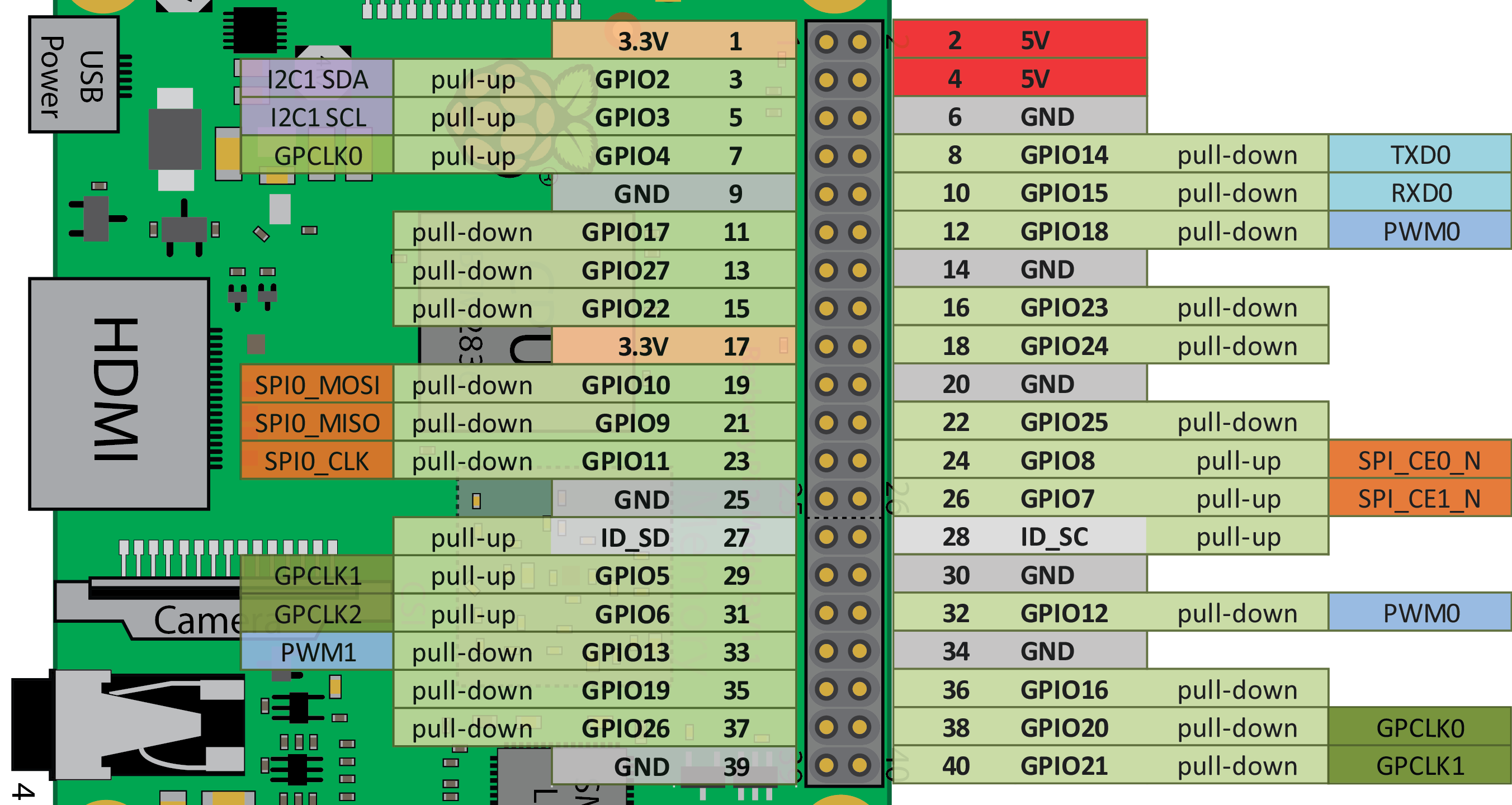
Wiringpi Pwm Clock Schematic Wiring Diagram

Raspberry Pi 3 Pinout Features Specifications Datasheet

Scratch Gpio Using Motors Cymplecy Simplesi

Using Raspberry Pi To Control A Pwm Fan And Monitor Its Speed Driftkingtw S Blog

The Pi4j Project Pin Numbering Lemaker Bananapro

Are Gpio Pins The Same Raspberry Pi Forums

Python Programming Tutorial Getting Started With The Raspberry Pi Learn Sparkfun Com
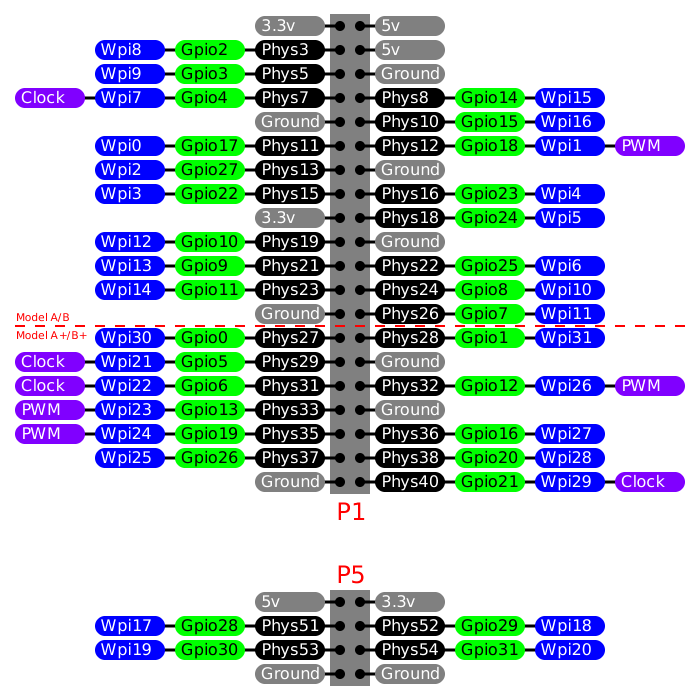
Wiringpi Access Gpio Pins On Raspberry Pi Via Wiringpi Library

Raspberry Gpio Learn Sparkfun Com

Raspberry Gpio Learn Sparkfun Com

Csc 299 Sophomore Lab In Applied Computing Hardware Projects For The Raspberry Pi
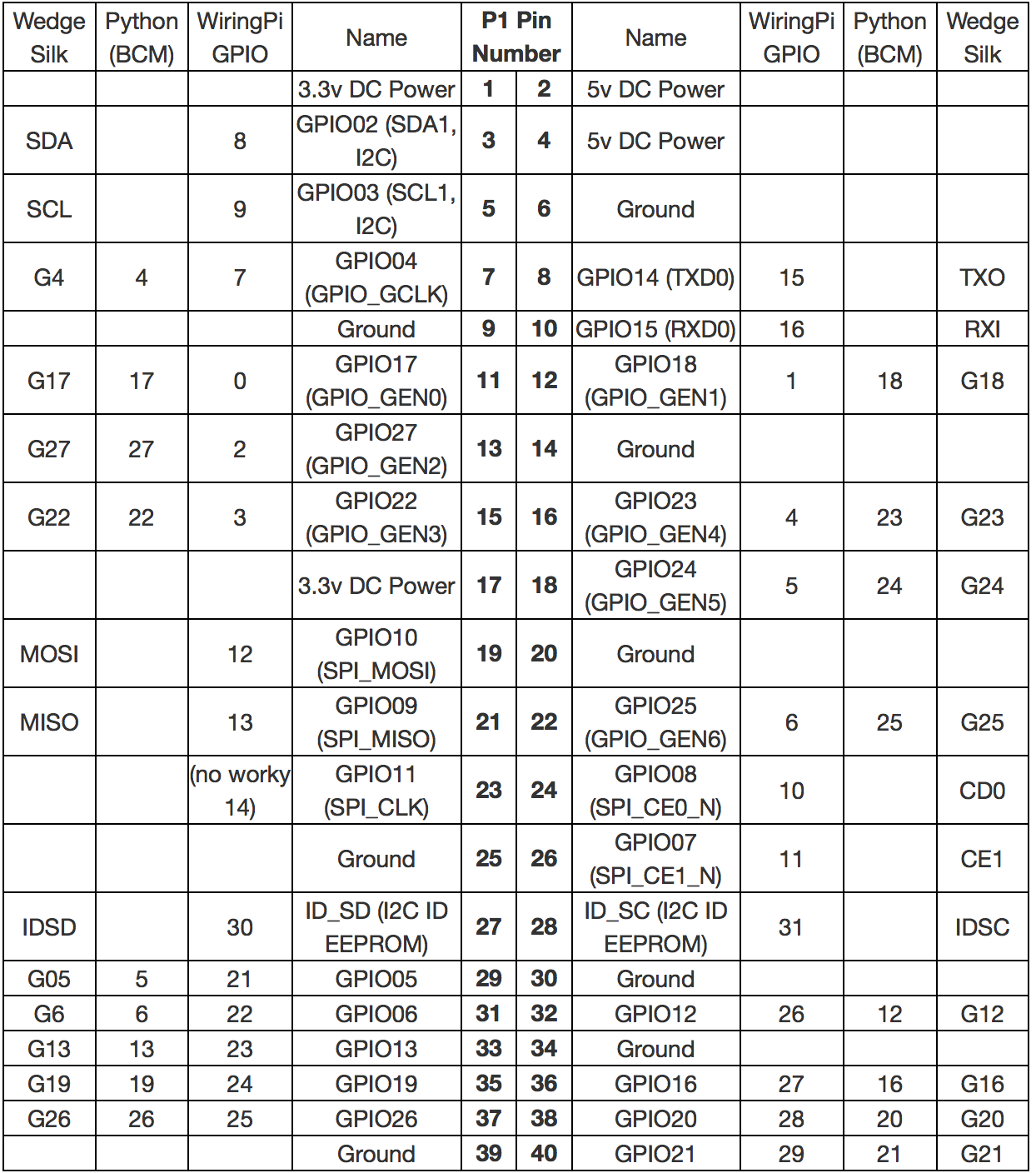
Raspberry Pi Gpio Gizmo Workshop

Raspberry Pi Gpio Pins Studytonight
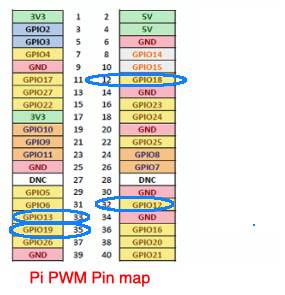
Raspberry Pi Starter Kit Lesson 6 Use Pwm Signal To Make A Breathing Led Osoyoo Com

05 Setting The Gpio Hardware Pwm Frequency On The Raspberry Pi Youtube
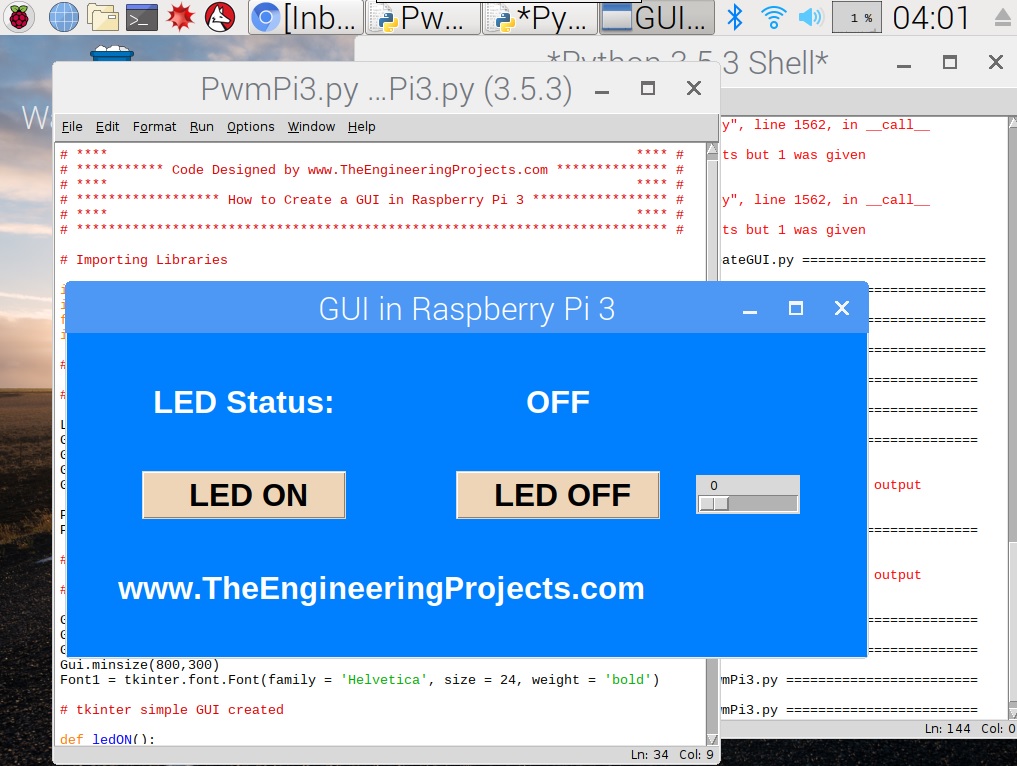
How To Create Pwm In Raspberry Pi 3 The Engineering Projects
2 Basic Recipes Gpiozero 1 5 1 Documentation

Particle Datasheets Raspberry Pi Datasheet

Easily Turn Your Raspberry Pi Into An Fm Transmitter Hackaday

No Example For Pwm Issue 433 Dotnet Iot Github

Raspberry Pi Raspberry Pi Pwm Generation Using Python And C Ras

Raspberry Gpio Learn Sparkfun Com

Raspberry Pi Pwm Tutorial

Gpio Raspberry Pi Documentation



